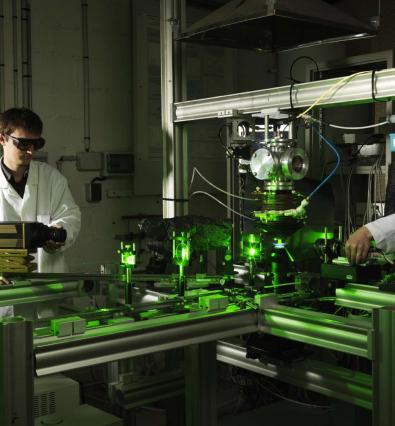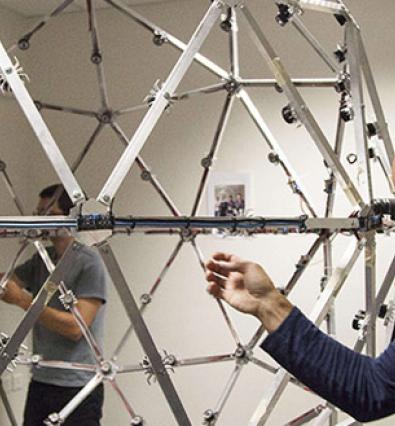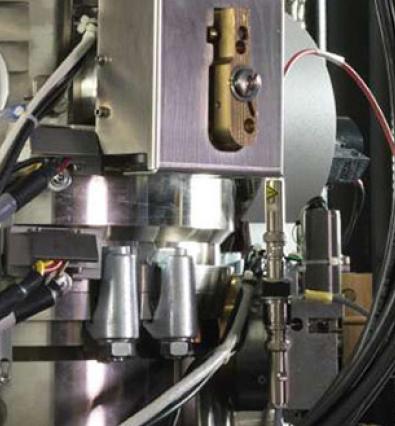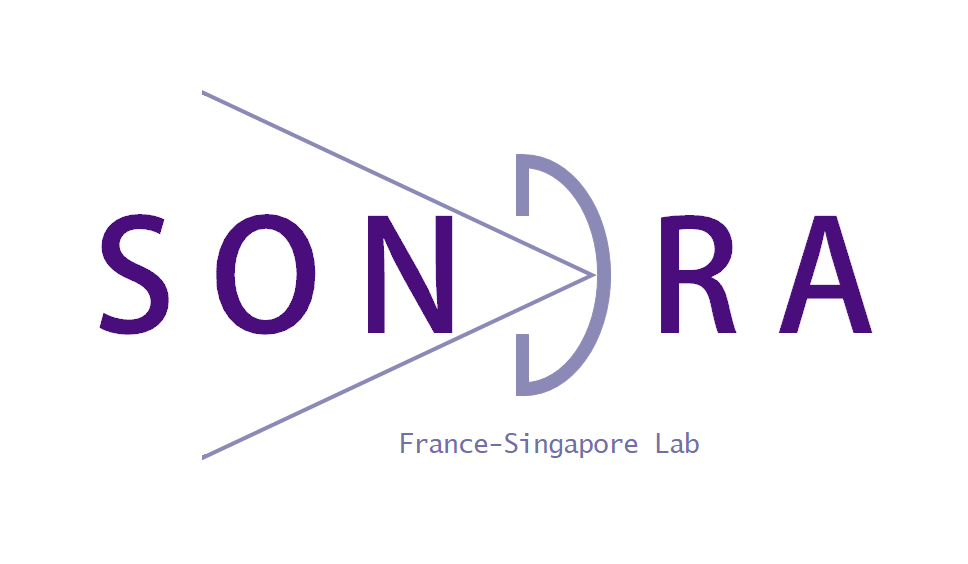
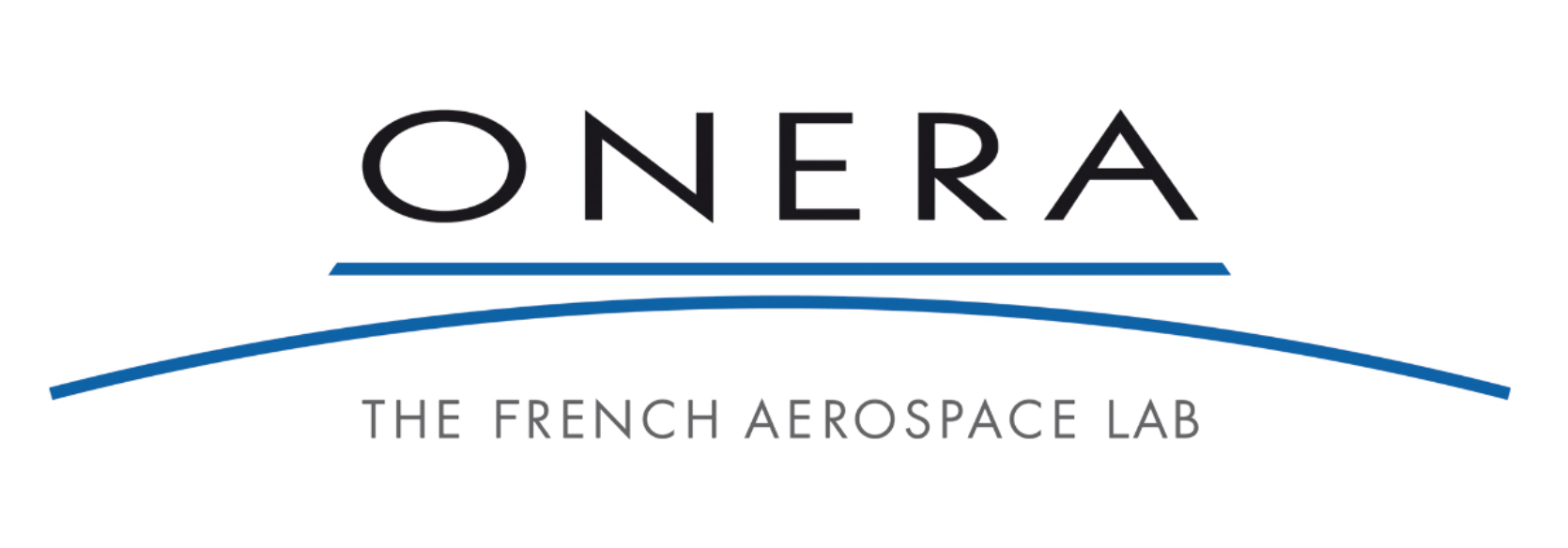
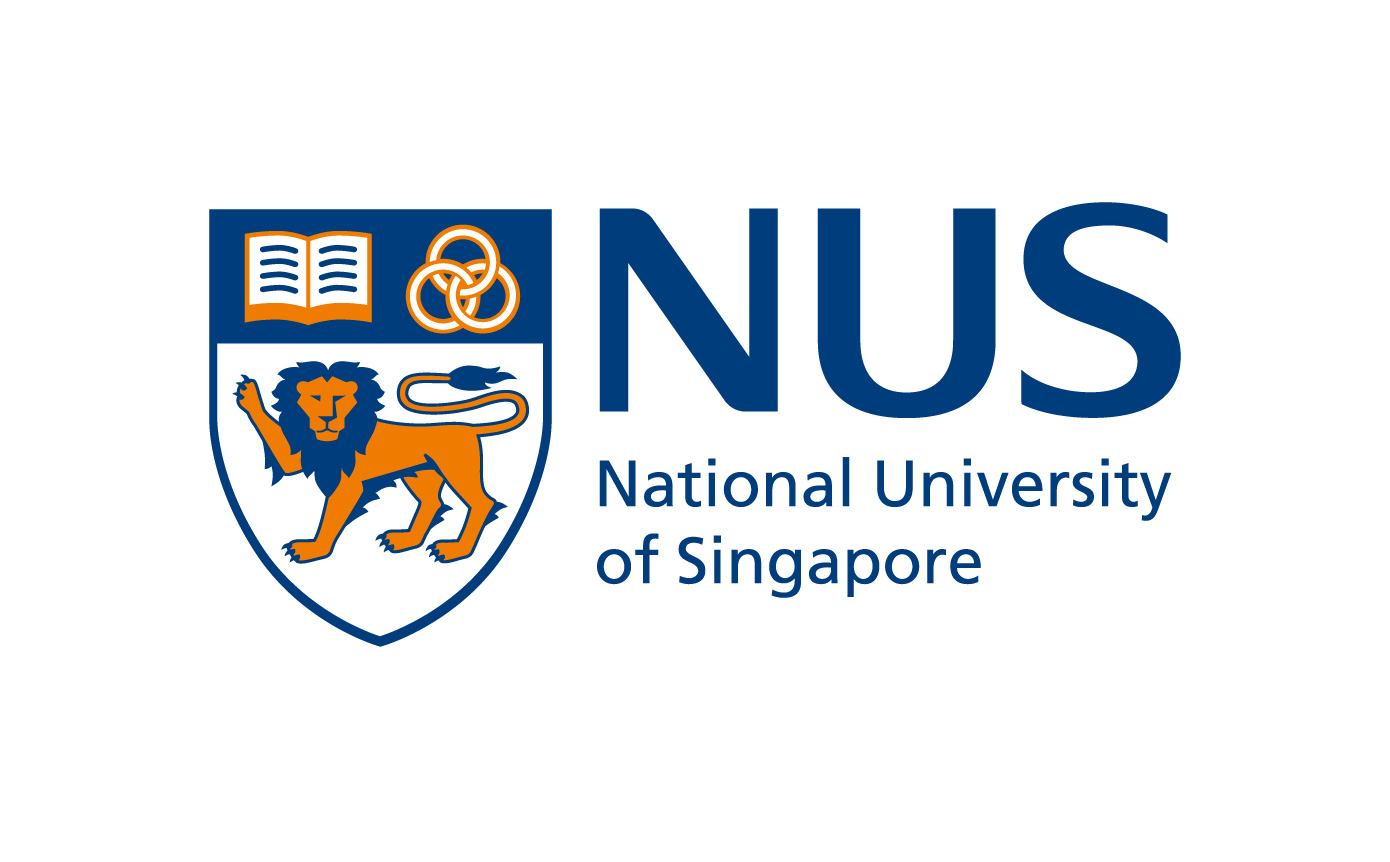
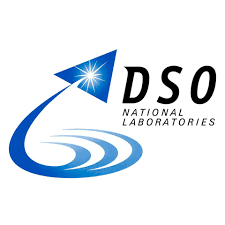
SONDRA (CentraleSupelec ONERA DSO Research Alliance) was officially launched on 28 April 2004 in Supelec. The mission of SONDRA is to conduct unclassified basic research in advanced Electromagnetics and Radar domains.
As part of its mission, SONDRA also contributes to a better assessment of new technologies that are of interest to overcome various problems related to maritime surveillance in congested water areas, ground and air surveillance, and homeland security. The characterization of the environment, whether "natural" or anthropogenic, is more and more complicated as we aim at augmenting the sensitivity and performances of the surveillance systems in the current context of increased maritime and air traffic. Radar and EM detection technologies remain of great interest to catch “invisible targets”, i.e. target either masked by cloud cover, urban infrastructure, foliage or simply blocked by the horizon line of sight.
The alliance between the four parties offers a unique opportunity for development. NUS and CentraleSupélec provide an academic environment effective at generating new collaborations with academic partners. On the other hand, DSO and ONERA are very attentive to transition and experimental validation. The success of SONDRA is probably its capability to carry out physics and signal processing research and to systematically register the research projects in a coherent framework, leading to concrete actions and real validation, hence taking all attention from overseas stakeholders.
By associating four high-level research establishments in the rich research environment, which represents the University of Paris-Saclay, SONDRA represents a world-class graduate education and research laboratory that produces innovative research outcomes for ONERA and DSO.
SONDRA contributes to research through 3 scientific areas: Physics and Modelling, New Concepts and Signal Processing and New Generation Hardware.
- Physics and Modelling: to predict the propagation of electromagnetic waves in complex media such as forested or urban environments, radar is known to propagate through the foliage and inside urban canyons, hence providing unique capabilities for tracking vehicles that are not visible by optical sensors. Skywave propagation through the ionosphere is also studied to monitor the effects that can affect the medium.
- New Concepts and Signal Processing: in order to maximize the performances of existing or future radar by applying processes based on Artificial Intelligence.
- New Generation Hardware: new activity focusing on a system approach applied to the field of electromagnetism and radar by studying new concepts of antennas and specific hardware components for signal conversion.
Industrial Partners
- DSO
- ESA
- THALES
- ONERA
Academic Partners
- NUS (National University of Singapore),
- NTU (Nanyang Technological University Singapore),
- UNIVPM (Università Politecnica Delle Marche, Ancona, Italie),
- Colorado School of Mines (USA),
- SATIE (ENS Cachan),
- GIPSA (Grenoble),
- IETR (Rennes).
Key figures 2022
- Faculty members and researchers: 8
- Technical and administrative staff: 3
- PhD students: 10
- PostDoc: 1
- Publications (source: Web of Science): 13
More information
Download the 2022 laboratory report HERE
CONTACT
Director : Stephane SAILLANT
E-mail :sondra-lab[at]centralesupelec.fr


